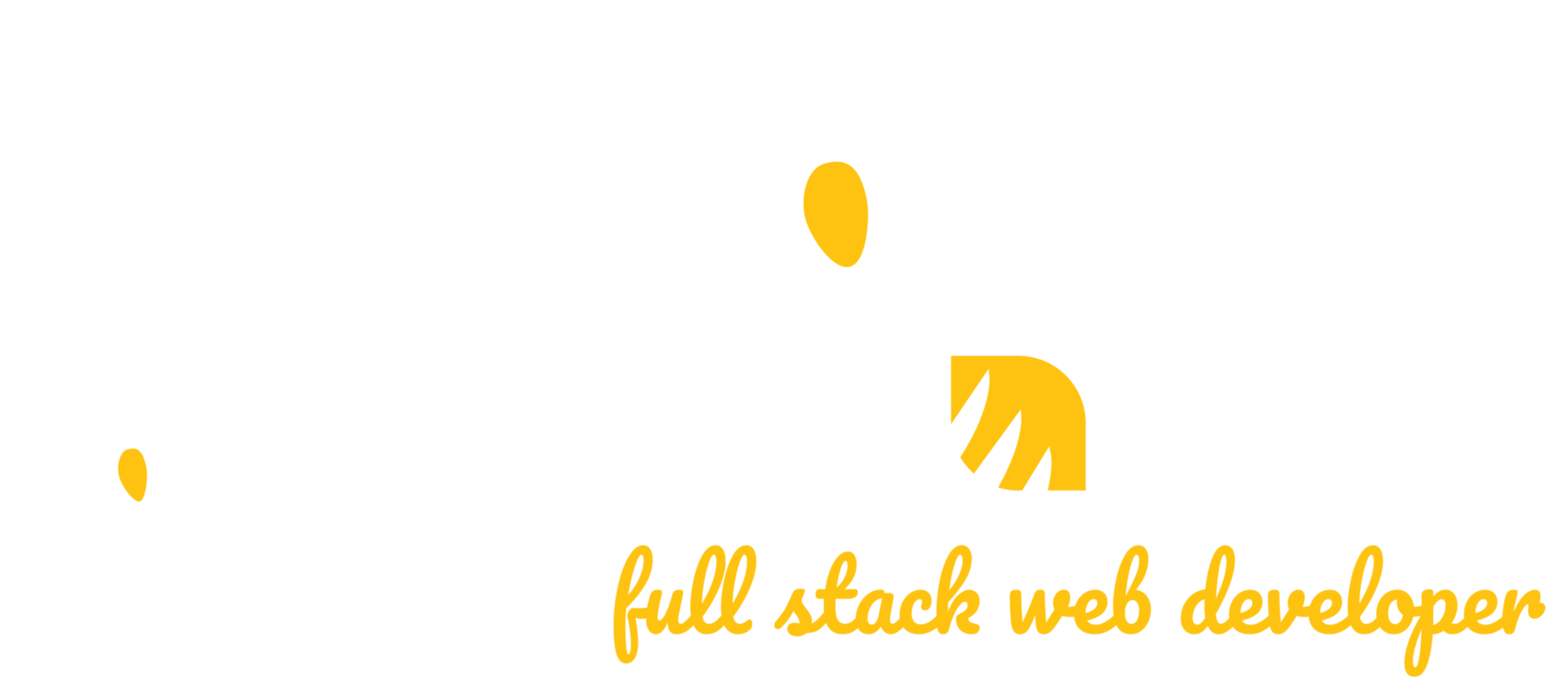Project Overview
The FemCare app is a platform designed to empower women by providing real-time SOS alerts and enabling them to connect with trusted individuals or fellow women for assistance. Whether traveling in unfamiliar locations or working in new environments, FemCare offers a safe space for women to seek help and share their health or personal issues with others. This case study outlines the journey of creating FemCare, covering every step from identifying problems to delivering a user-friendly safety solution.
1. Finding Problems
In our initial phase, we identified key issues women face when navigating unfamiliar areas or working environments:
- Difficulty in locating immediate help when in distress.
- Lack of a platform to share personal or health-related concerns with trusted individuals or other women.
- Safety concerns while traveling, particularly in new or unsafe places.
2. Making Solutions
We crafted solutions to these problems, focusing on:
- SOS Alert System: Allowing users to instantly alert trusted contacts.
- Chat Functionality: Enabling users to connect with nearby women for immediate support.
- Health Support Network: Providing a platform for women to share health concerns and seek advice from peers.
3. Project Timeline
We structured the development into a clear timeline:
- Phase 1: Research and problem identification.
- Phase 2: Solution brainstorming and prototype creation.
- Phase 3: Design, testing, and final delivery.
4. Design Process
We adhered to a human-centered design process:
- Empathize: Understanding user needs through research and interviews.
- Define: Clearly identifying the pain points and challenges.
- Ideate: Brainstorming solutions to these challenges.
- Design: Creating wireframes and UI prototypes for testing.
- Test: Refining the design based on user feedback.
5. User Research & Empathy Mapping
We conducted in-depth user research to understand the struggles women face daily. Our empathy mapping helped capture user feelings, thoughts, and behaviors, allowing us to craft a solution centered on their needs.
6. User Persona – Frustrations and Goals
From our research, we developed user personas:
- Frustrations: Difficulty finding immediate help, inability to share health concerns with others.
- Goals: Access to instant assistance, a platform to freely communicate with other women for personal or health advice.
7. User Journey Map
We mapped out the journey of a typical user, starting from downloading the app to sending out an SOS alert or connecting with other women. This helped in creating a seamless user experience, guiding them effortlessly through the app.
8. Competitor Analysis
We analyzed competitors like Safetipin and Noonlight to:
- Understand their features and how FemCare could improve upon them.
- Identify gaps in their solutions and build FemCare to address those shortcomings.
9. Information Architecture
We structured the app’s information flow for intuitive use:
- SOS alert and chat features are easily accessible.
- Health support groups are organized for quick navigation.
10. Survey of Prototype
After building a working prototype, we conducted a survey with potential users to gather feedback. The insights were crucial in refining the user interface and ensuring the app was intuitive and user-friendly.
11. Visual Design and Prototype
Our final stage involved designing an aesthetically pleasing yet highly functional app. The visual design focused on:
- Clean, minimalistic interfaces.
- Easily accessible SOS and chat buttons.
- Warm, welcoming color schemes to make the app feel safe and user-friendly.
FemCare is designed with a mission to provide women with a platform to ensure their safety and well-being, offering them the tools they need to connect and seek help with ease. This case study highlights our journey to create an app that supports women, no matter where they are.
Stay tuned for more insights into the FemCare design journey!
#SafetyFirst #FemCareApp #WomenSafety #UIUXDesign #CaseStudy #UserResearch #UXDesign #EmpathyMapping #CompetitorAnalysis #UserPersona #Prototyping #WomenEmpowerment
